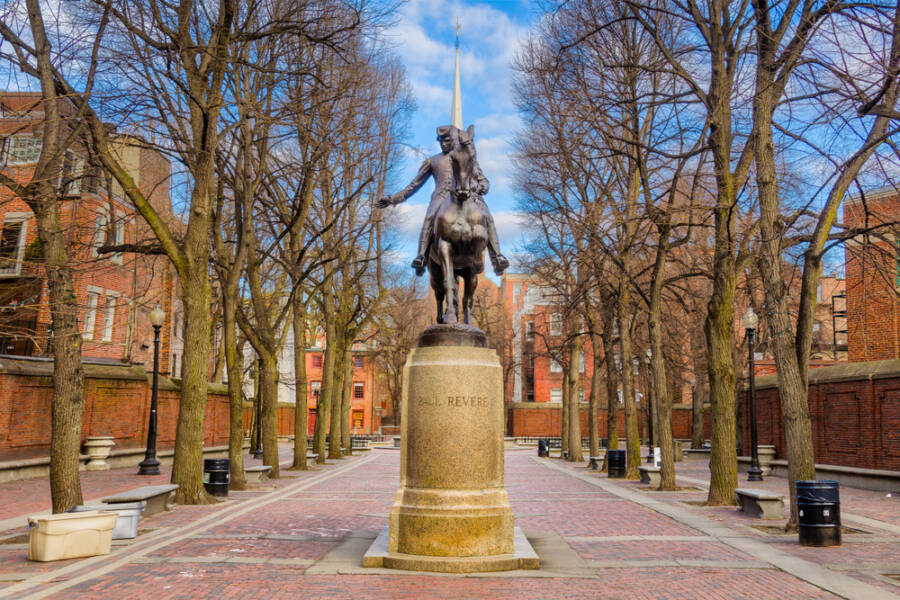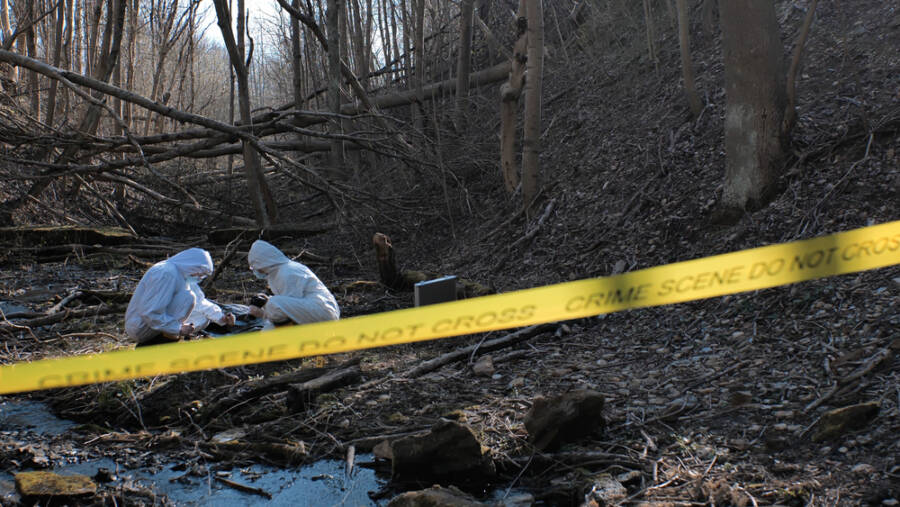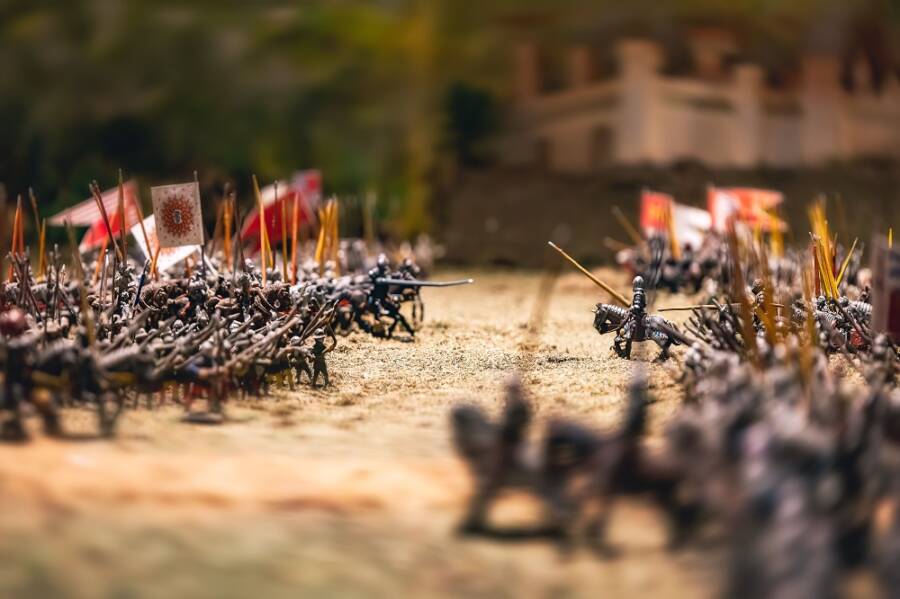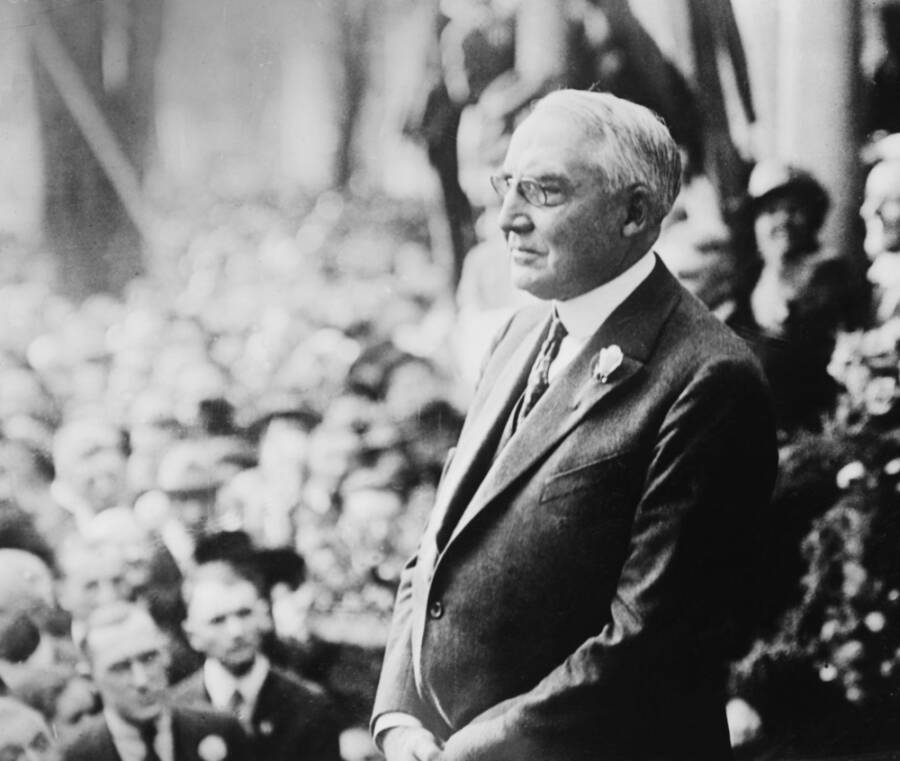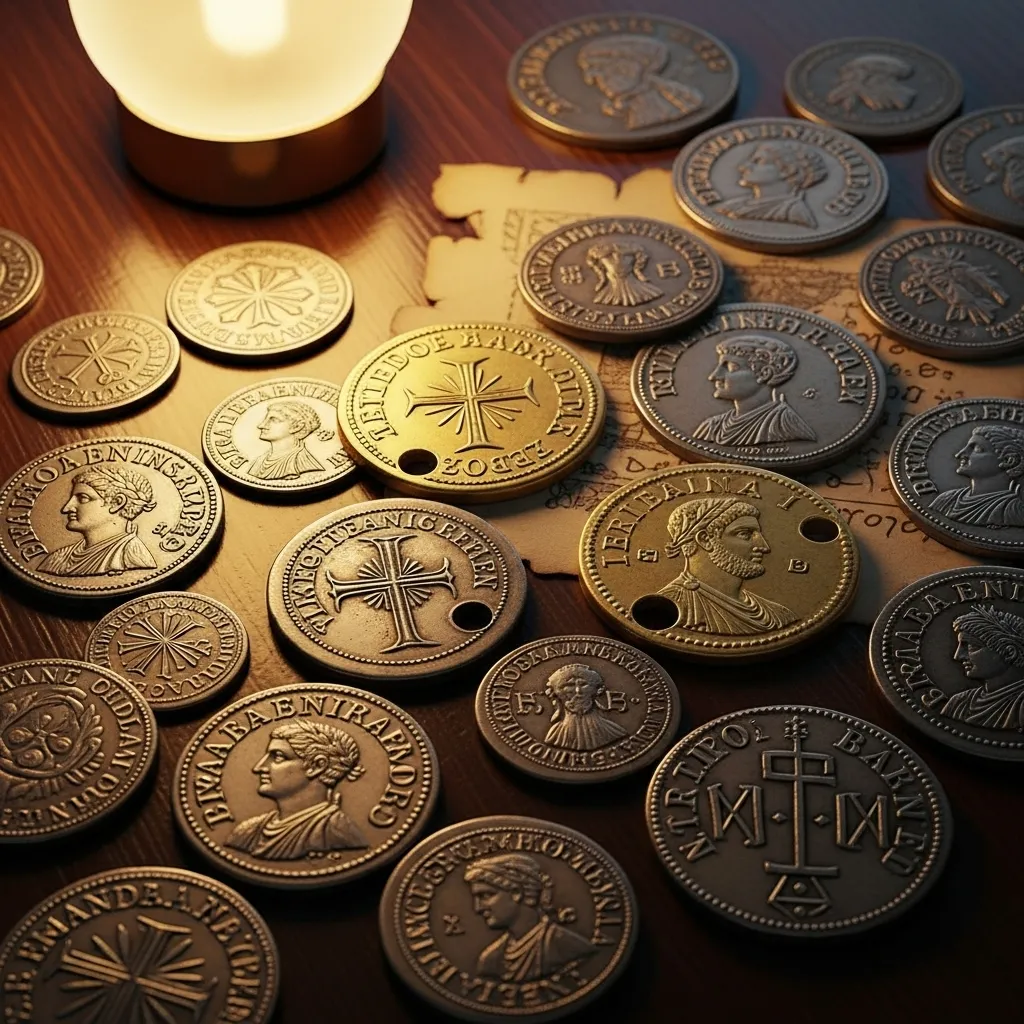
The Path to Prominence
Amelia Earhart’s early years in aviation were a mix of passion and pragmatism. While she flew for the sheer love of it, financial realities often kept her grounded. In the mid-1920s, she worked as a social worker in Boston, but her reputation as a skilled and reliable female pilot was growing. Her big break came in 1928, not from her own initiative, but from a phone call that would change her life.
The caller was Captain Hilton H. Railey, a publicist working on behalf of Amy Phipps Guest, a wealthy American socialite who had purchased a Fokker F.VIIb/3m trimotor plane named the Friendship. Guest had intended to become the first woman to fly across the Atlantic Ocean, but her family, deeming the journey too dangerous, forbade her from going. Unwilling to abandon the project, Guest decided to sponsor another woman in her place—someone who embodied the right image. Amelia Earhart, with her flying experience, education, and striking resemblance to the famous aviator Charles Lindbergh, was the perfect candidate.
On June 17, 1928, Earhart, along with pilot Wilmer Stultz and co-pilot/mechanic Louis Gordon, took off from Newfoundland. Twenty hours and forty minutes later, they landed in Wales. Although Earhart was the commander of the flight, she never once touched the controls, a fact that deeply bothered her. She famously described her role as being “just baggage, like a sack of potatoes.” Despite her private misgivings, the world was enthralled. She was the first woman to complete a transatlantic flight, and upon her return to the United States, she was greeted with ticker-tape parades and national acclaim. Publisher and publicist George P. Putnam, who had helped coordinate the flight, saw her immense potential and began managing her career. The two would eventually marry in 1931, forming a powerful partnership that blended personal affection with professional ambition.
The “Friendship” flight made her a celebrity, but it left her unfulfilled. She was celebrated for something she felt she hadn’t truly earned. This nagging sense of being an imposter fueled a relentless drive to prove her own abilities, not just as a passenger, but as a pilot in her own right. She was determined that the next time she crossed an ocean, she would be the one at the controls.

